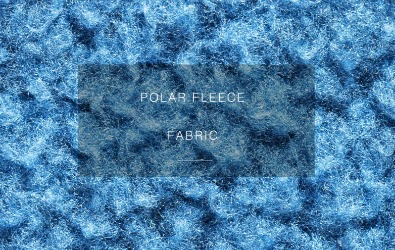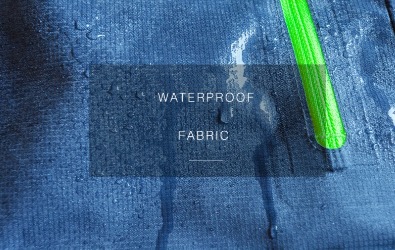Finding the Perfect Fabric Quality for Your Garment Design:
A Step-by-Step Approach
1.Define your garment's requirements: Begin by clearly identifying the specific requirements for your garment design. Consider factors such as desired texture, drape, weight, stretch, durability, and care instructions.
2.Research and gather inspiration: Explore fashion trends, industry publications, and online resources to gather inspiration and gain insights into the types of fabrics commonly used for similar garment designs. Look for examples that align with your vision and desired characteristics.
3.Consult with fabric experts: Reach out to fabric experts, suppliers, or manufacturers who specialize in the type of fabric you're seeking. Share your design concept, requirements, and any specific preferences you may have. Their expertise can guide you towards suitable fabric options and provide valuable recommendations.
4.Request fabric samples: Obtain fabric samples from different suppliers or manufacturers that meet your initial criteria. This will allow you to physically examine and assess the fabric's quality, texture, color, and overall suitability for your garment.
5.Conduct fabric testing: Perform fabric testing to evaluate crucial aspects such as colorfastness, shrinkage, pilling, strength, and abrasion resistance. This step ensures that the chosen fabric meets the required quality standards for your garment design.
6.Consider production factors: Take into account the production process and requirements for your garment design. Consider factors such as fabric availability, cost, minimum order quantities, lead times, and any specific manufacturing considerations.
7.Seek feedback and iterate: Share fabric samples and design concepts with trusted individuals, such as colleagues, mentors, or potential customers, to gather feedback and insights. Iterate and refine your fabric selection based on their input while staying true to your original vision.
8.Make an informed decision: Assess all the gathered information, including fabric properties, testing results, production factors, and feedback, to make an informed decision on the most suitable fabric quality for your garment design.
Remember, finding the perfect fabric quality for your garment design requires a balance between aesthetics, functionality, and practicality. Stay open to exploring different options, collaborate with experts, and trust your creative instincts to achieve the desired outcome.




1.234
Fabric Features : Everything You Need to Know
Fabric Features:
When it comes to selecting the perfect fabric for your clothing or textile project, understanding its key features is essential. Each fabric possesses unique qualities that can greatly impact comfort, performance, and durability. In this article, we will delve into the must-know fabric features, shedding light on their significance and helping you make informed choices for your specific needs.
-
Breathability: Breathability is a crucial fabric feature that determines how well air can circulate through the material. Highly breathable fabrics allow heat and moisture to escape, keeping the wearer cool and comfortable. Fabrics like cotton, linen, and certain synthetic blends excel in breathability, making them ideal for warm weather and active pursuits.
-
Stretchability: Stretch fabrics offer flexibility and ease of movement. This feature is particularly valuable in athletic wear, activewear, and garments that require a comfortable, form-fitting silhouette. Fabrics blended with elastane or spandex fibers provide excellent stretch and recovery properties, ensuring freedom of movement and enhanced comfort.
-
Moisture-Wicking: Moisture-wicking fabrics efficiently pull moisture away from the skin, promoting rapid evaporation. These fabrics are often used in sportswear and outdoor apparel, where keeping dry and comfortable is essential. Moisture-wicking properties help manage perspiration, preventing discomfort, odor, and the growth of bacteria.
-
Durability: Fabric durability refers to its ability to withstand wear and tear over time. Factors like fiber strength, weave structure, and fabric weight contribute to durability. Fabrics like denim, canvas, and certain synthetic blends are known for their exceptional durability, making them suitable for heavy-duty applications and long-lasting garments.
-
Colorfastness: Colorfastness refers to a fabric's ability to retain its color without fading or bleeding during washing or exposure to sunlight. High colorfastness is desirable to maintain the vibrancy and longevity of garments. Fabrics that undergo proper dyeing and finishing processes, such as colorfast cotton or synthetic blends, offer excellent color retention.
-
Thermal Insulation: Thermal insulation measures how well a fabric traps and retains body heat. Fabrics like wool, down, and certain synthetic fibers excel in providing insulation, making them suitable for cold-weather garments and outerwear. Thermal insulation helps regulate body temperature and keeps the wearer warm in chilly conditions.
Understanding the key features of fabric quality is vital in making informed choices for your clothing and textile projects. Whether you prioritize breathability, stretchability, moisture-wicking, durability, colorfastness, or thermal insulation, each fabric feature plays a significant role in the overall performance and comfort of the final product. By considering these features, you can select fabrics that align with your specific needs and create garments that excel in both style and functionality.






